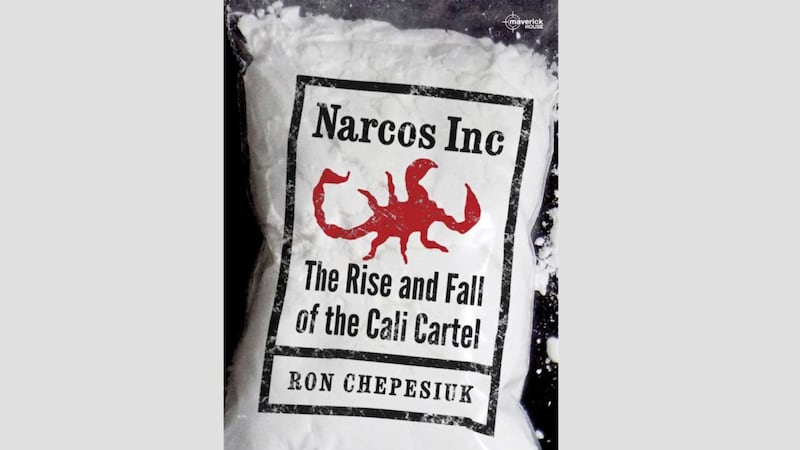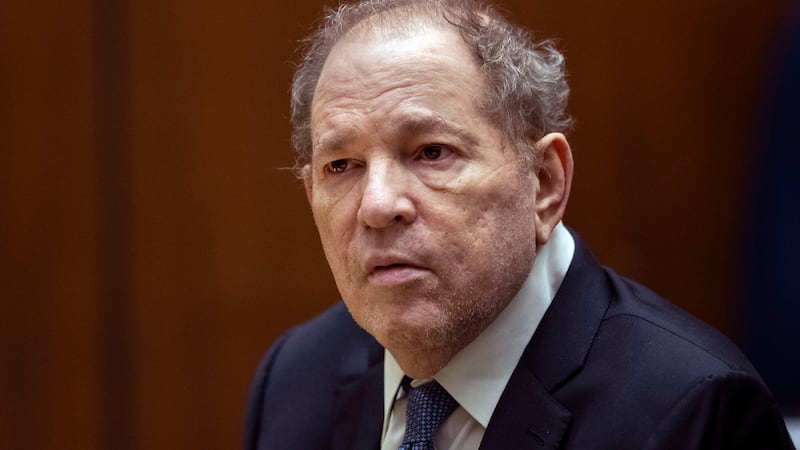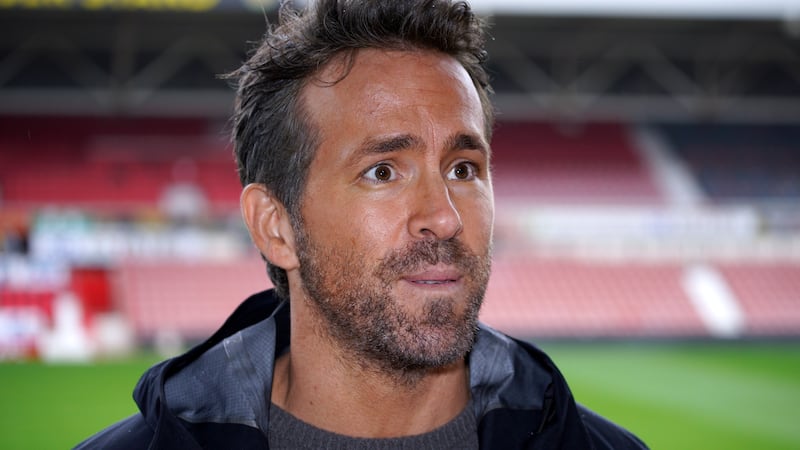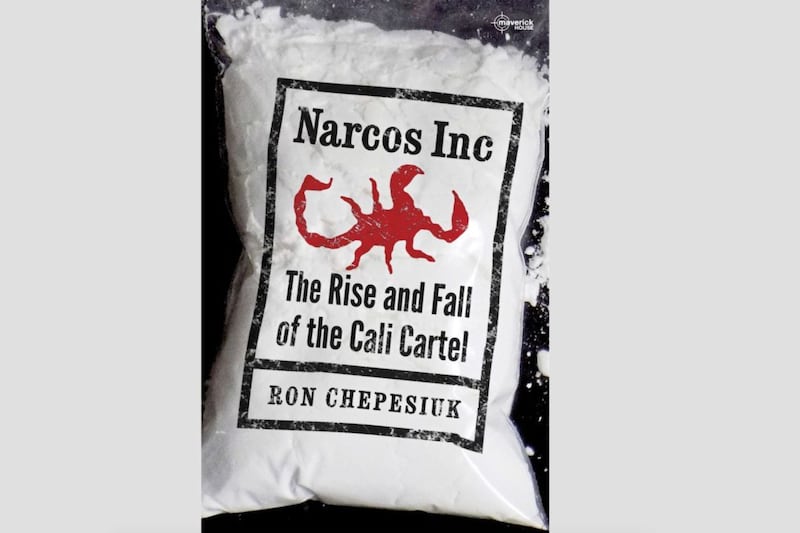NETFLIX has just released the third season of Narcos, its groundbreaking drama which tells the story of organised crime in Colombia. The first two seasons focused Pablo Escobar and the Medellin Cartel. This series focuses ostensibly on Escobar’s bitter rivals, the Cali Cartel.
Escobar may have grabbed the headlines, but it was the Cali Cartel that revolutionised the international drug trade and turned it into a global multinational criminal enterprise.
Along the way, Cali pedalled narcotics that destroyed thousands of lives in the United States, Europe and elsewhere in the world. In 1994 the cartel nearly turned Colombia into the first narco democracy by almost buying the presidency with an illegal $ 6.2 million campaign donation.
The cartel was headed by two enterprising and criminally brilliant brothers, Gilberto and Miguel Rodriguez Orejuela. In 1984 Gilberto made a trip to Spain that helped fuel a drug abuse problem that Europeans have been forced to deal with ever since.
Gilberto claimed he went to Spain for a vacation, but like a good businessman, he was actually scouting for new markets for his cocaine. It was a no brainer. By the mid-1980s, the US market for cocaine was saturated. The street price for cocaine had dropped nearly two thirds while cocaine was selling for four times as much on the streets of Belfast, Dublin, Berlin and London.
The Cali Cartel developed a working relationship with tobacco smugglers from Galicia in Spain, who had a good knowledge of the region’s coastline and storage facilities that could be used to smuggle illicit drugs. At first, the cartel began using boats to pick up the drug from ocean-going vessels and bring them ashore. To launder its money, the cartel set up a network of accounts between Spanish and Panamanian banks and invested in real estate.
Gradually, the Cali Cartel reached out to immigrant communities in Europe to develop the infrastructure and distribution networks similar to those they had established in the US and Latin America.
The Cali Cartel developed a strategic alliance with the powerful Italian Mafia, particularly the Camorra. Cali supplied the cocaine and the Italian Mafia handled distribution. The two organisations got along well, their relationship strengthened in part by their mutual love of football and Cali’s respect for the Italian Mafia criminal style. Indeed, to a large part, Cali modeled its organisation on the Mafia.
Within a few years of Gilberto’s visit to Spain, the Cali Cartel was firmly established in Europe. But it was just getting started. Two important events dramatically increased the cartel’s potential for expansion in Europe. The first was the collapse of Communism, which followed the fall of the Berlin Wall in 1989 and the dissolution of the Soviet Union on January 1 1993. The second was the advent of a continent without borders after European trade barriers were erased in 1992, in accordance with the terms of the Single European Act of 1987.
After the fall of the Berlin Wall, the first links established between East and West were those of organised crime syndicates. The Cali cartel and other major crime groups, such as the Russian and Italian mafias, began holding summits in the early 1990s to see how they could better cooperate to further their criminal interests.
It did not take long for the collaboration to bear results. In the first three months of 1993, about 2,300 kilograms of cocaine were seized. In a corresponding period for 1994, that figure jumped to 4,200 kilograms.
In the early 1990s the Colombians formed a particularly lucrative alliance with enterprising criminals from Liverpool, led by former burglar Curtis Warren. Warren was a natural drug trafficker: hard working, engaging, street smart, fearless and ruthless. He had contacts everywhere, including Belfast and Dublin.
Through personal contacts, Warren met a young South American called Mario Halley, a kind of European salesman for the Cali Cartel, in Amsterdam, and soon he was organising mammoth shipments of cocaine sealed inside hefty lead ingots. In 1992 customs officers seized a spectacular load of 905 kilos, the biggest single haul found in the UK up to that time.
Warren, however, was acquitted at court and relocated to the Netherlands, from where he continued to flood his home country with cocaine, heroin, ecstasy and cannabis until his eventual capture in October 1996. Dutch police say the source of his cocaine was high-ranking Cali boss Arnaldo 'Lucho' Botero, who would himself be arrested not long after.
By the mid-1990s, about a decade after Gilberto Rodriguez Orejuela had journeyed to Spain, the Cali Cartel had a global reach that was perhaps unparalleled in organised crime history. In Colombia, the Medellin cartel was on the ropes. Pablo Escobar was in hiding, the Ochoa brothers were in jail, and Escobar’s partner Rodriguez Gacha was dead. The Cali Cartel, on the other hand, looked untouchable. It dominated cocaine trafficking and it appeared to have no limits on its growth as a crime multinational.
But the Cali Cartel would soon be no more, taken down in the mid-90s in the biggest and longest investigation in DEA history. The Rodriguez Orejuela brothers were extradited to the US in the mid-2000s and are now spending the rest of their lives in a US prison
As for the legacy of the Cali Cartel, it was best summed for me by Lou Weiss, retired DEA agent who investigated the cartel.
“Pablo Escobar and other Medellin Cartel godfathers are called the Henry Fords of cocaine trafficking because they pioneered the transportation routes that got the product to the market,” Weiss explained. “We need to go one step further with the Cali Cartel and call it the McDonald’s of cocaine trafficking because its godfathers turned drug trafficking into a major corporate enterprise.”
Despite its demise, the Cali Cartel criminal legacy endures. If you watch Narcos, remember that anybody in Northern Ireland who has been touched by a drug problem in some way, has probably been touched by the Cali Cartel.
:: Ron Chepesiuk is the author of Narcos Inc: The Rise and Fall of the Cali Cartel, published by Maverick House, priced €14.99/£13.99.



